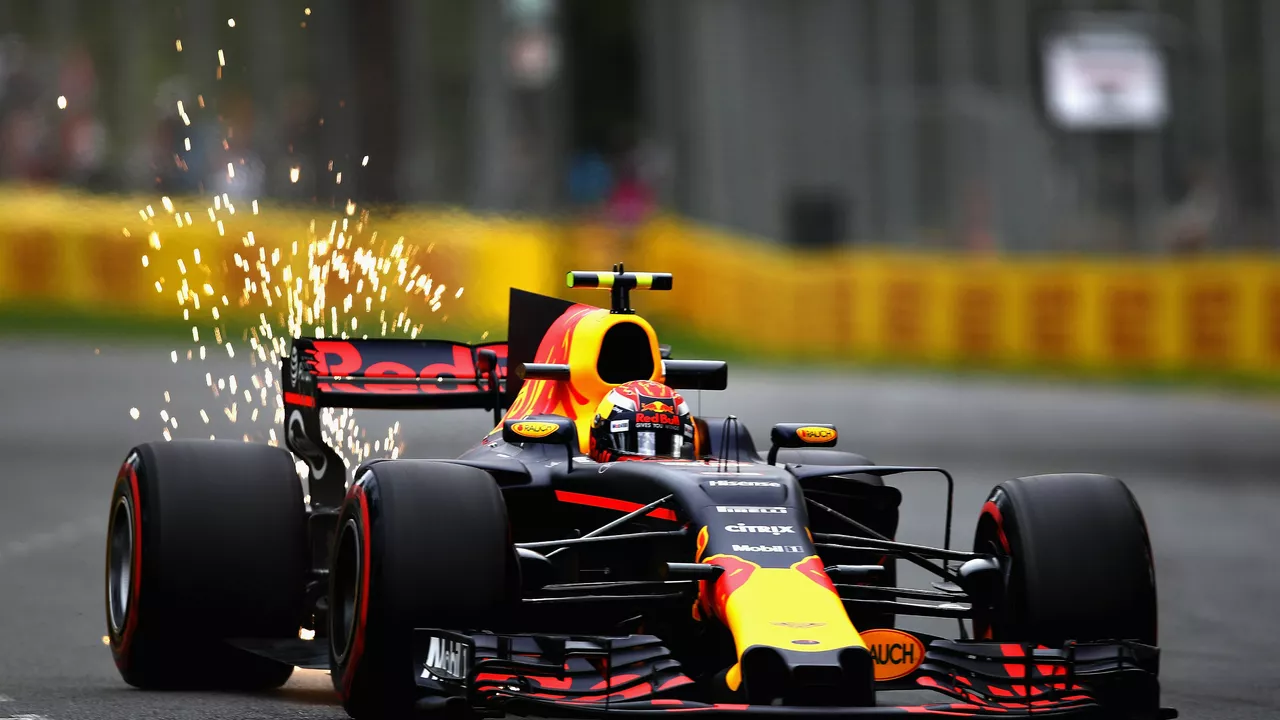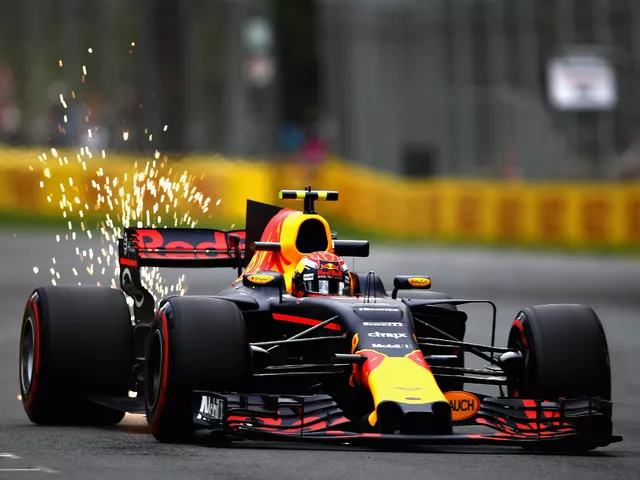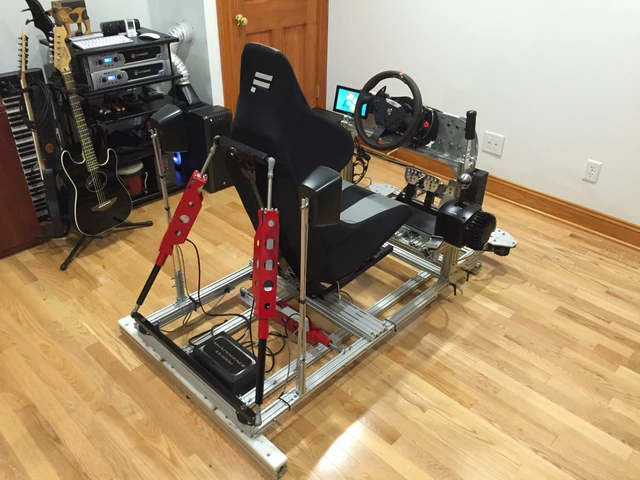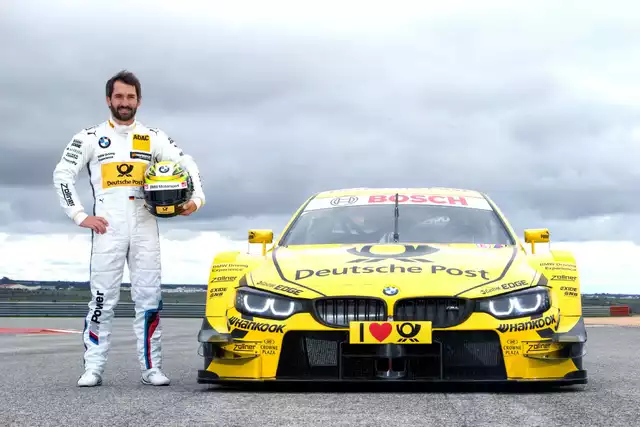Other Formulas – Practical Guides for Motorsport Fans
Welcome to the Other Formulas collection. Here you’ll find down‑to‑earth articles that answer real‑world questions about motorsport, from building a home racing simulator to understanding why homologation matters. No jargon, just clear steps you can use today.
DIY Projects & Simulators
Thinking about pulling a racing rig into your living room? The guide How to build your own racing simulator? walks you through the essential parts: a solid gaming PC, a force‑feedback wheel, pedals, and a comfy seat. It even suggests optional upgrades like a VR headset or a separate shifter if you want that extra immersion. The article breaks each component down, tells you where to find budget‑friendly options, and warns against common pitfalls like cheap wheels that wobble on hard turns.
Another handy tip from the same tag is the importance of cable management. A tidy setup not only looks better but also reduces latency and protects your gear. Plug in your wheel, secure the cables with zip ties, and you’ll spend more time racing and less time untangling cords.
Career & Industry Insights
If the track is your dream, you’ll want to know how much drivers actually earn. The piece How much do race car drivers make? lays out the range: rookies start around $50,000, while top Formula 1 stars can pull in $40 million plus endorsements. It explains why sponsorship deals often outweigh salary and offers a quick checklist for attracting sponsors – build a strong social media presence, showcase results, and keep your brand authentic.
Unsure whether you can afford a racing start? The article How to start a racing career I don't have money? shares three realistic routes: enroll in a local racing school that offers scholarships, work part‑time at a track to learn the ropes and earn crew discounts, and use social media to pitch your story to potential backers. The advice is practical, not theoretical – it lists specific websites and community groups where beginners have landed their first deals.
For those curious about the rules that keep racing fair, the post What is the purpose of homologation rules in motorsport? explains that homologation forces manufacturers to use production‑based cars, keeping the sport grounded in real‑world tech. This not only levels the playing field but also pushes innovations like better brakes and aerodynamics into everyday vehicles. The article uses a simple analogy: think of homologation as a “stock‑car” filter that prevents teams from building alien machines solely for the track.
Finally, the tag includes a quick definition of the racing line from the article What does racing line mean in Motorsports?. It highlights the three‑point technique – wide entry, apex, wide exit – and gives a short exercise: pick a corner at your local karting track, mark the entry and exit points with tape, and practice staying on the line for a full lap. Repeating this drill builds muscle memory and saves seconds on every run.
All these pieces share one goal: give you usable knowledge without the fluff. Whether you’re building gear, planning a career, or just want to sound smart at the next race weekend, the Other Formulas tag has a short, clear answer. Dive in, pick a topic, and start applying what you learn today.

Why is car racing called 'Formula 1' and some other 'formulas'?
In my recent deep dive into the world of car racing, I discovered why it's called 'Formula 1' and how other 'formulas' fit into the mix. The 'formula' refers to the specific set of rules each car must follow, with '1' indicating it's the highest level of international racing. Other formulas, like Formula 2 and 3, also exist, each with their own set of regulations but are considered lower tiers. The numbering essentially represents the hierarchy in the racing world. So, when we talk about Formula 1, we're referring to the pinnacle of international car racing, bound by a unique set of rules.
CONTINUE READING



